Expansion of Audiology Services
The expansion of audiology services is a significant driver for the Tympanometer Market. As healthcare systems evolve, there is a notable increase in the number of audiology clinics and specialized ENT practices. This growth is accompanied by a rising demand for diagnostic equipment, including tympanometers, to support comprehensive audiological evaluations. Market analysis suggests that regions with enhanced access to audiology services are likely to experience a surge in tympanometer utilization. Furthermore, the integration of tympanometry into routine hearing assessments is becoming standard practice, thereby solidifying its role in the diagnostic process and contributing to market growth.
Government Initiatives and Funding
Government initiatives aimed at improving healthcare access and quality are influencing the Tympanometer Market. Various countries are implementing policies that promote early detection and treatment of hearing disorders, often accompanied by funding for diagnostic equipment. These initiatives are particularly evident in public health programs that target vulnerable populations, ensuring that tympanometric testing is accessible to those in need. Additionally, grants and subsidies for healthcare facilities to acquire advanced tympanometric devices are likely to stimulate market growth. As governments prioritize hearing health, the tympanometer market is expected to benefit from increased investment and support, fostering innovation and accessibility.
Rising Awareness of Hearing Health
There is a growing awareness regarding the importance of hearing health, which significantly influences the Tympanometer Market. Public health campaigns and educational initiatives are increasingly focusing on the prevention and early detection of hearing disorders. This heightened awareness is likely to lead to more individuals seeking audiological assessments, thereby driving the demand for tympanometric testing. Additionally, healthcare policies that promote regular hearing screenings, especially in schools and workplaces, are expected to further boost the market. As more people recognize the value of timely diagnosis, the tympanometer market is poised for expansion, with an increasing number of healthcare facilities investing in these diagnostic tools.
Technological Innovations in Tympanometry
Technological advancements play a crucial role in shaping the Tympanometer Market. Innovations such as automated tympanometers and devices with enhanced sensitivity and specificity are becoming increasingly prevalent. These advancements not only improve diagnostic accuracy but also streamline the testing process, making it more efficient for healthcare providers. The introduction of wireless tympanometers has further facilitated ease of use and portability, appealing to a broader range of healthcare settings. Market data indicates that the segment of automated tympanometers is expected to witness substantial growth, as practitioners increasingly favor devices that reduce manual intervention and enhance patient comfort.
Increasing Prevalence of Hearing Disorders
The rising incidence of hearing disorders is a primary driver for the Tympanometer Market. As populations age, the prevalence of conditions such as otitis media and other middle ear diseases increases. According to health statistics, approximately 1 in 10 individuals experience some form of hearing impairment, which necessitates the use of tympanometers for accurate diagnosis and management. This growing patient base is likely to propel demand for tympanometric devices, as healthcare providers seek effective solutions for early detection and treatment. Furthermore, the emphasis on preventive healthcare is pushing audiologists and ENT specialists to adopt advanced tympanometric technologies, thereby enhancing the overall market landscape.


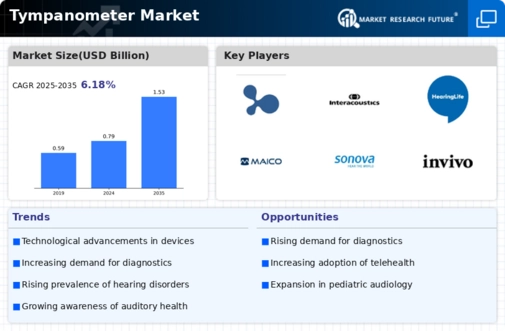
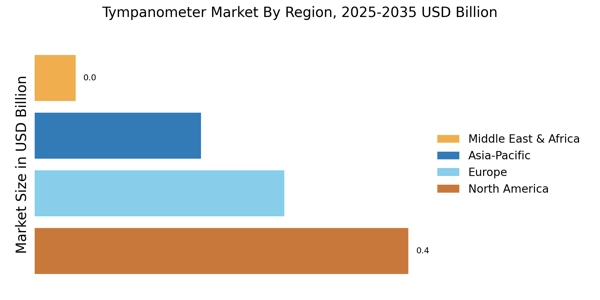
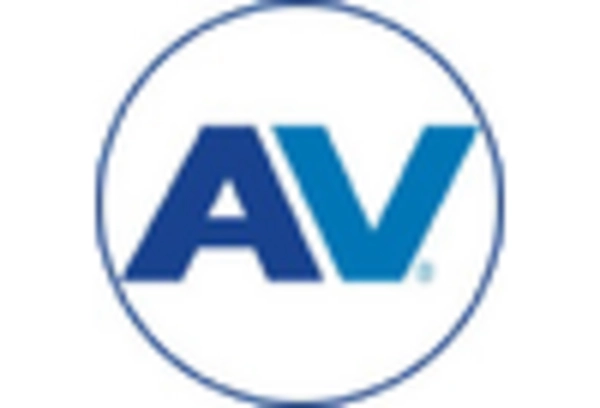
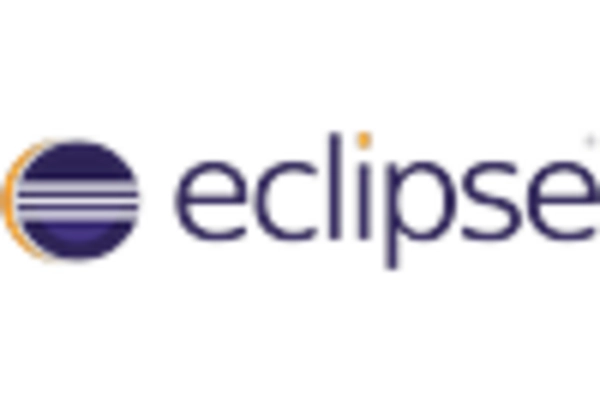
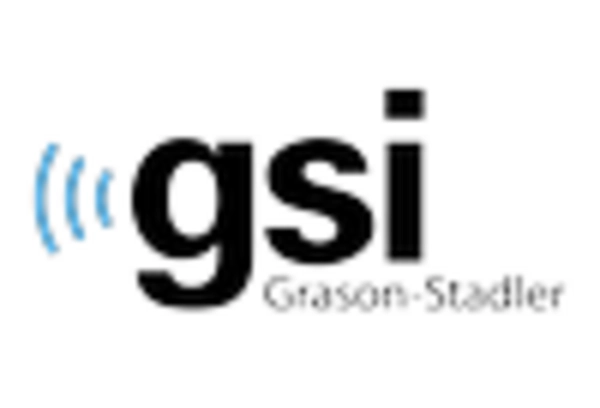
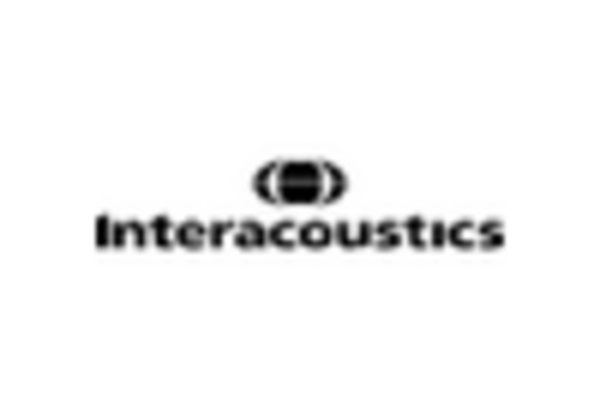
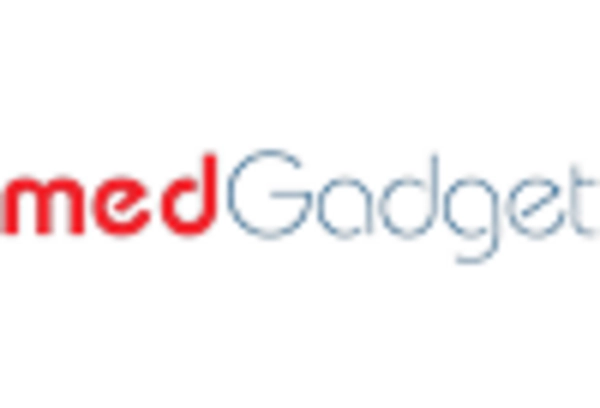
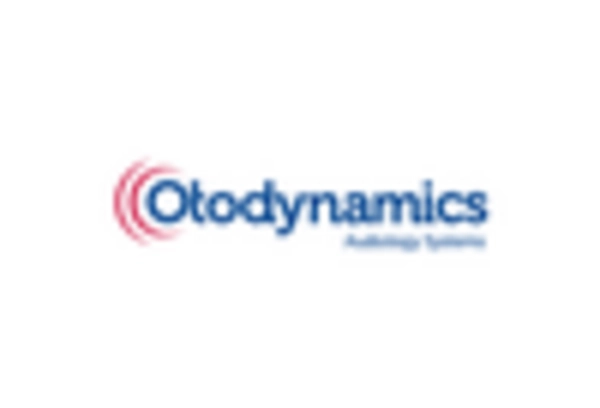








Leave a Comment